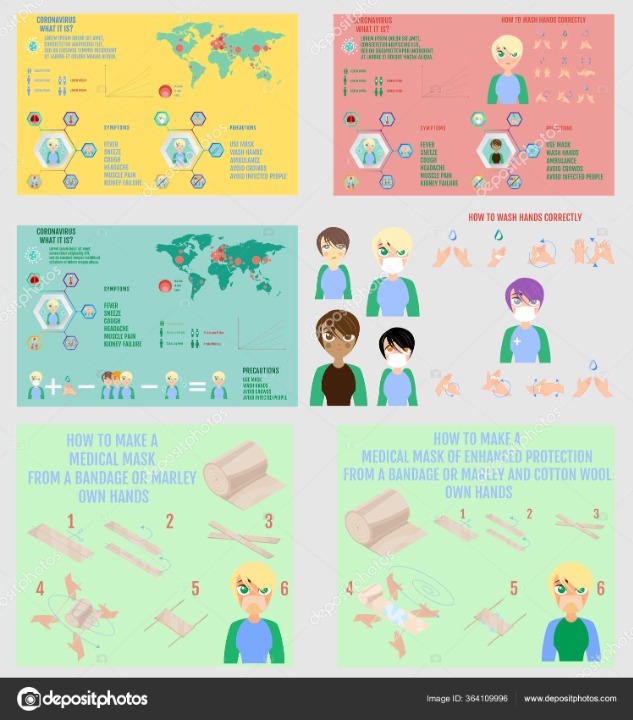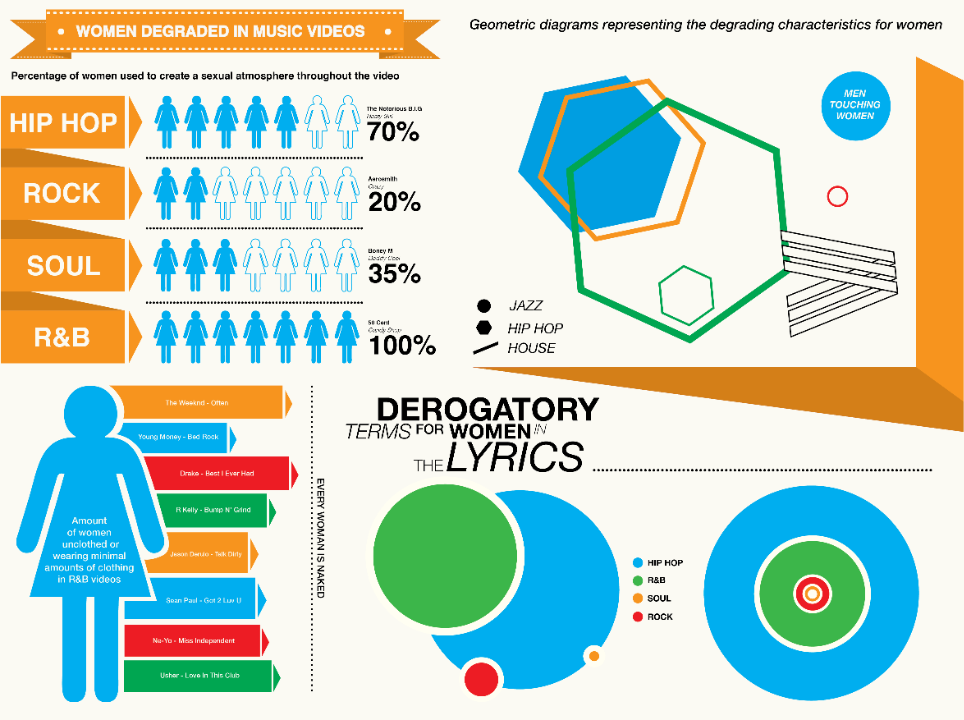
If the first two examination sessions have told us anything, it is that you - the students - need to be equipped to deal with analysing infographics. Here you'll see some examples of infographics dealing with global issues, and you'll receive guidance on how to respond to them.
What do we need to know about infographics?
The examiners of this course are always more interested in your interpretative skill - and your ability to read, think and explain your ideas of how the text creates meaning - than whether you can regurgigate terminology you have learned by heart. While it is certainly helpful if you can talk technically about presentational tools and features, don't let this get in the way of your attempts to connect style with thematic meaning.
What we do know is that both texts in Paper 1 will have visual elements, and one of them will be predominantly visual. In the first two examination sessions, these texts have been infographics.
Take a good, long look at the following infographic text, and try to answer the questions below:
Infographic Quiz
What is the global issue being explored in this text?
This text explores social media and its impact upon people and society. It attempts to look at it in a balanced way, but recognises some of the universal and transnational ideas of internet and privacy. However, it is more of a checklist of the usability of different large social media brands, as opposed to a discussion of the problems of social media in a human or social sense.
What techniques are used in this text? (check all that apply)
The main character is presented as the person considering the different social media options - and there is a certain amount of emotion presented in his face as he thinks about all of this. However, despite appearing balanced and hinting at some of the issues, it acts more of a buyer's checklist than a real consideration of a global issue. The text uses many visual elements to make it appealing, but it is more asking, 'What is your platform of choice?' rather than, 'Should you choose any platforms at all?'
Model Response
Your Turn
Now you try. Take a look at the following infographic:

1. What is thematic message and the global issue being discussed in this infographic?
2. Which textual features of the infographic do you think should be commented on?
3. Write a guiding question or statement to frame your response.
4. Write a model answer and send it to me for feedback.
Using the model analytical structure consistently presented throughout this site, here is a model response to the November 2021 Paper 1 infographic. This student did this in controlled conditions in preparation for the May 2022 session, before acing that session and gaining a strong Level 7, not only in Paper 1 but also overall. Here is their model response:
How much of Paper 1 - Dealing with Infographics have you understood?



 Twitter
Twitter  Facebook
Facebook  LinkedIn
LinkedIn